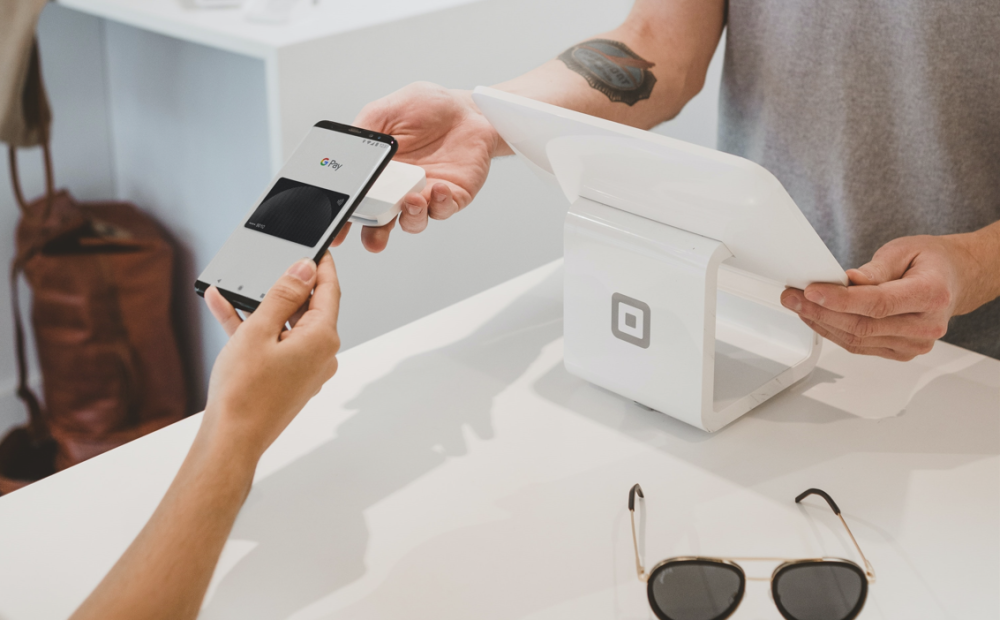
By Thad Rueter | Government Technology
Digital payments and prepaid cards took on more work for local and state governments during the pandemic, and agencies that have yet to embrace such methods to distribute funds to residents will likely miss out on significant savings.
Those are among the main findings of a new report from the Association of Government Accountants (AGA) entitled “Embracing the Future of Government Payments — Federal and State Agencies Continue to Reduce Paper Checks.”
In some ways, the research report — supported by Visa but with AGA retaining editorial control — covers familiar ground.
It tells the story of how digital payments have pushed paper checks further from the spotlight for government-to-consumer disbursements, an ongoing move in line with trends in the retail, services and (to a smaller extent) business-to-business worlds.
Even so, relatively new payment methods showed fresh worth during the pandemic, the report found.
“The pandemic has accelerated innovation and digitization of services for state and local governments,” said Ronda Kent, a Visa senior account executive, in an email interview with Government Technology. “This includes the expansion of digital government payments, including expanded use of government-sponsored prepaid card programs to distribute federal and state benefits such as stimulus payments and unemployment benefits.”
UI Benefit Response
Indeed, the report highlights how Washington state, faced with a flood of unemployment claims, expanded its prepaid card program in relatively short order. That state illustrates how payment programs are not just about payments.
Its prepaid card program provider had to add call centers to handle the increase in inquiries and the long wait times. Officials also created self-service online and mobile apps for people applying for benefits. The installation of new hardware, meanwhile, helped to rebalance system loads, according to the AGA report.
But governments can often move only as fast as the citizenry allows. Despite all the premature talk over the last decade or so about the death of cash and the demise of checks, those payment methods remain familiar and comfortable to some people.
“It is striking, but not surprising, that even government agencies with high digital payment rates continue to look for ways to reduce checks,” Kent wrote. “Digital payment rates, in and of themselves, don’t tell the whole story. It is important to look at the total number of checks being printed and mailed each day, week and month. Even small percentages mean that many Americans are unable to take advantage of the benefits of digital payments and that the government needs to maintain costly infrastructure and operations.”
Cost Issues
The AGA report offers few granular details about cost savings and other factors associated with digital payments, but other sources do.
For instance, a report from the National Association of Counties (NACo) gave credit to Lancaster County, Neb., for its “heavy marketing efforts” to encourage more resident use of digital platforms.
“The county treasurer’s office, which processed over 84,000 checks in the 2017 tax season, stands to save over $300,000 in staff labour and other costs associated with the processing of check payments,” that report stated.
But even with those savings and all that marketing, not all people will give up their checks for some important and regular transactions — a lesson for other government officials hoping to improve their payment processes.
“In Lancaster County, survey respondents preferred digital payment methods when renewing motor vehicle registrations,” the NACo report found. “However, checks were the preferred payment method when paying property taxes due to the low transaction costs.”
A related example from the Brookings Institute offers another view of the cost issue, this one focused on the federal level.
One in 10 Americans received a paper check via the CARES Act, and check recipients paid some $66 million in check-cashing fees.
Lessons from States
The new AGA report offered other lessons based on interviews with various state officials involved in financial, benefits and tax matters.
One of those officials talked about having a “higher purpose” when it comes to payments and making that area of government operations part of a broader push for better public service.
“For example, service is meeting a constituent in financial distress in the parking lot to hand-deliver a check,” the AGA report stated when summing up advice from a Maryland official. “Fostering a culture of service, commitment and engagement with constituents drive excellence in public service.”
Other recommendations focused on how to get better payment systems off the ground and running well.
“Strong collaboration with partners upfront and throughout the process is vital to the success of any (government to the constituent) payment program,” is the lesson offered by Washington state, according to the report. “State IT staff, financial service providers, the state treasurer and the state Office of Financial Management are all key players in the development and implementation of a successful child support payment system.”
